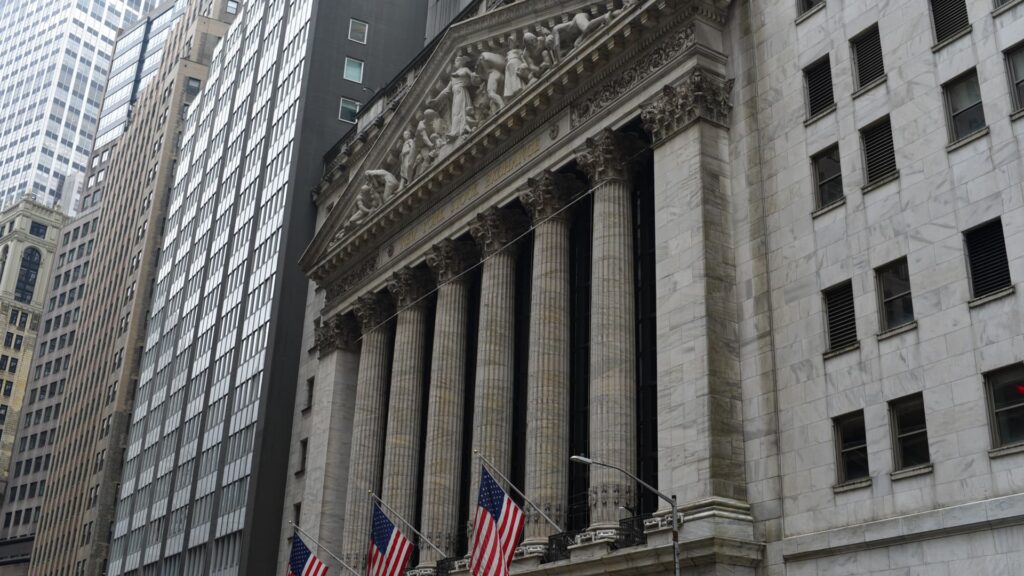As mergers and acquisitions (M&A) activity gains momentum globally, the recent downturn in investor caution has given way to a robust resurgence in major deal-making. With a third-quarter deal value reaching an impressive $1.29 trillion—surpassing both the first and second quarters of the year—markets are buzzing with optimism. This revitalization is largely attributed to expectations of rate cuts, ample private-equity capital, and a shift in corporate leadership from a hesitant ‘wait-and-see’ stance to an active pursuit of growth opportunities.
| Article Subheadings |
|---|
| 1) Surge in Global M&A Activity |
| 2) Big Deals Reshape the Landscape |
| 3) Factors Driving the Boom |
| 4) Divergent Trends in Deal Sizes |
| 5) The Future of M&A Activity |
Surge in Global M&A Activity
The global M&A landscape has witnessed a significant uptick in activity, with the third quarter of this year recording a remarkable deal value of $1.29 trillion. This figure not only eclipses the $1.06 trillion noted in the previous quarter but also showcases a notable growth from the $1.1 trillion seen in the first quarter. The collective figures from the first nine months of the year amount to more than $3.4 trillion, indicating a robust 32% year-on-year increase. The resurgence in M&A activity can largely be attributed to changing market dynamics and a renewed sense of urgency among corporate leaders.
Big Deals Reshape the Landscape
Several monumental deals have punctuated the third quarter, reshaping the global M&A narrative. Noteworthy transactions include Union Pacific’s ambitious $85 billion acquisition of Norfolk Southern, announced in July, and Electronic Arts’ $55 billion deal facilitated by the Public Investment Fund of Saudi Arabia, Silver Lake, and Affinity Partners, making it the largest leveraged buyout ever recorded. These megadeals underscore a pivotal moment for deal-makers, shifting focus from mid-market transactions earlier in the year to substantial, transformative acquisitions. Analysts view these moves as indicative of a growing appetite for strategic repositioning among major players.
Factors Driving the Boom
Market analysts point to several factors energizing this surge in M&A activity. Analysts from EY-Parthenon highlighted that many CEOs—48% of those surveyed—are actively seeking additional deals, signaling a strong commitment to corporate growth through acquisitions. This enthusiasm is also mirrored in initial public offerings (IPOs), which have seen an approximately 12% increase year-on-year, partly driven by strong performances in fintech and industrial sectors. The investment banking sector is demonstrating vitality, with firms like Jefferies Financial Group posting some of their strongest quarterly advisory fees, affirming the robustness of Wall Street’s echelons of deal-making.
Divergent Trends in Deal Sizes
Despite the wider surge in M&A, there remains a notable contrast in the activity levels of small and mid-cap transactions, which are currently languishing behind the large-scale deals. The challenges faced by these smaller transactions are often linked to valuation gaps, compounded by an exit environment that has turned particularly unforgiving for smaller firms, especially under the current administration’s policies. Although there is optimism about imminent rate cuts by the U.S. Federal Reserve, which could ease financing costs for acquisitions, smaller players remain wary.
The Future of M&A Activity
Looking ahead, the M&A landscape appears to be evolving in response to both macroeconomic conditions and shifts in corporate strategies. The anticipated rate cuts from the Federal Reserve are expected to further facilitate deal-making, providing clarity in pricing and financing structures. However, it is essential to note that the current boom is not merely a repeat of the 2021 easy-money frenzy; structural adjustments within the industry are becoming apparent. Companies are opting for innovative deal structures, including joint ventures with buyout options and continuation vehicles—a financial strategy that allows private equity firms to hold and manage assets longer than conventional methods would allow. This adaptability suggests that while large-scale deals are increasingly prominent, challenges remain for smaller market engagements.
| No. | Key Points |
|---|---|
| 1 | Global M&A activity surged to $1.29 trillion in the third quarter of 2023. |
| 2 | Prominent deals include Union Pacific’s $85 billion acquisition and Electronic Arts’ $55 billion buyout. |
| 3 | A heightened commitment to M&A is evident, with nearly half of CEOs planning further acquisitions. |
| 4 | The investment banking landscape is showing strong quarterly performance, indicating high demand for advisory services. |
| 5 | Small and mid-cap deals face challenges despite rising large-scale transactions, reflecting different market conditions. |
Summary
The resurgence of M&A activity in the global marketplace reflects shifting corporate strategies and a responsive financial landscape. With substantial deal-making already taking place, the cumulative trends suggest that companies are no longer waiting on the sidelines but are actively pursuing growth through transformative acquisitions. As structural adjustments take shape and new financing strategies emerge, the M&A sector seems poised for a dynamic shift, emphasizing the importance of adaptability in a fluctuating economic environment.
Frequently Asked Questions
Question: What factors are contributing to the recent surge in M&A activity?
The resurgence in M&A activity can be attributed to expectations of lower interest rates, ample private-equity capital, and heightened commitments among CEOs to seek additional acquisitions.
Question: What types of deals have characterized the third quarter of 2023?
The third quarter witnessed notable megadeals, such as Union Pacific’s $85 billion acquisition of Norfolk Southern and Electronic Arts’ $55 billion leveraged buyout.
Question: How is the investment banking industry responding to the growing M&A landscape?
Investment banking firms are experiencing increased activity, as evidenced by significant advisory fee growth, suggesting a rebound in deal-making activities.
